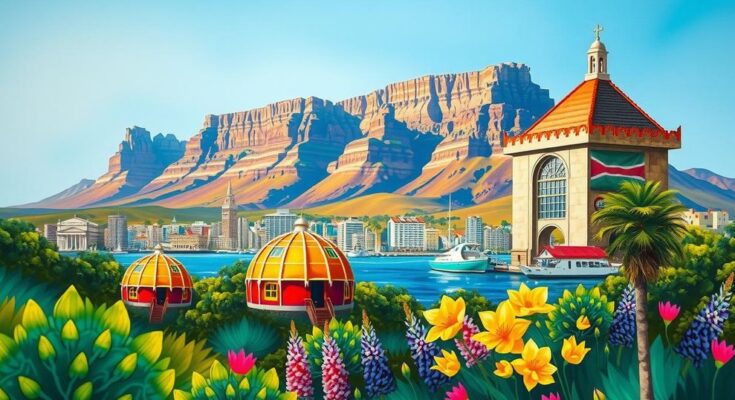South Africans have surpassed Filipinos as the third largest group of new citizens in New Zealand, with nearly 40,000 new citizens obtained in a year. The significant increase includes more Pacific Islanders and Germans due to recent policy changes, while India remains the leading source of new citizens.
In recent years, South Africans have surpassed Filipinos to become the third largest group of overseas-born citizens in New Zealand. According to statistics from the Department of Internal Affairs, nearly 40,000 individuals gained New Zealand citizenship last year, with a notable 67 percent increase in Pacific Islanders joining their ranks. Meanwhile, Tonga has re-emerged on the top ten list of nations providing new citizens, while Australians have fallen off this list.
A notable factor was the influx of over 700 Germans obtaining New Zealand citizenship, spurred by changes in dual citizenship rules in Germany enacted last June. Furthermore, it is essential to recognize that Chinese residents in New Zealand continue to face requirements to renounce their citizenship in order to naturalize, resulting in fewer individuals obtaining citizenship in relation to their residency numbers.
For the second consecutive year, India remains the leading contributor to New Zealand’s new citizens, followed by Britain. Professor Paul Spoonley, a prominent demographer, comments on the significance of the rise in new citizenship figures, which contrasts sharply with previous years. He notes that there is no necessity for migrants to obtain citizenship to access services or exercise voting rights, a policy established since the 1960s that allows permanent residents almost equivalent access to citizens’ privileges.
Professor Spoonley further emphasizes that for many, citizenship is both an expression of loyalty to New Zealand and a means to secure a passport providing global mobility. He anticipates continued high migration levels from South Africa and the Philippines, largely due to ongoing political instability in South Africa and an established South African community in New Zealand supporting family ties.
Historical data reveals that between 1949 and 2014, Britain made up over twenty-five percent of overseas-born citizens, followed closely by China and Samoa. By 2023, however, India has claimed the second position overall, with Taiwan also recognized as a common source nation for new citizens following increased migration in the 1990s.
The evident rise in South Africans attaining New Zealand citizenship highlights a shift in migration patterns, reflecting broader socio-political dynamics. The increased number of new citizens, particularly from India and Pacific Island nations, suggests a growing diversity in New Zealand’s immigrant landscape. The trend signals both an adaptation among migrants to their new environment and a potential long-term commitment to New Zealand as their homeland.
Original Source: www.rnz.co.nz




